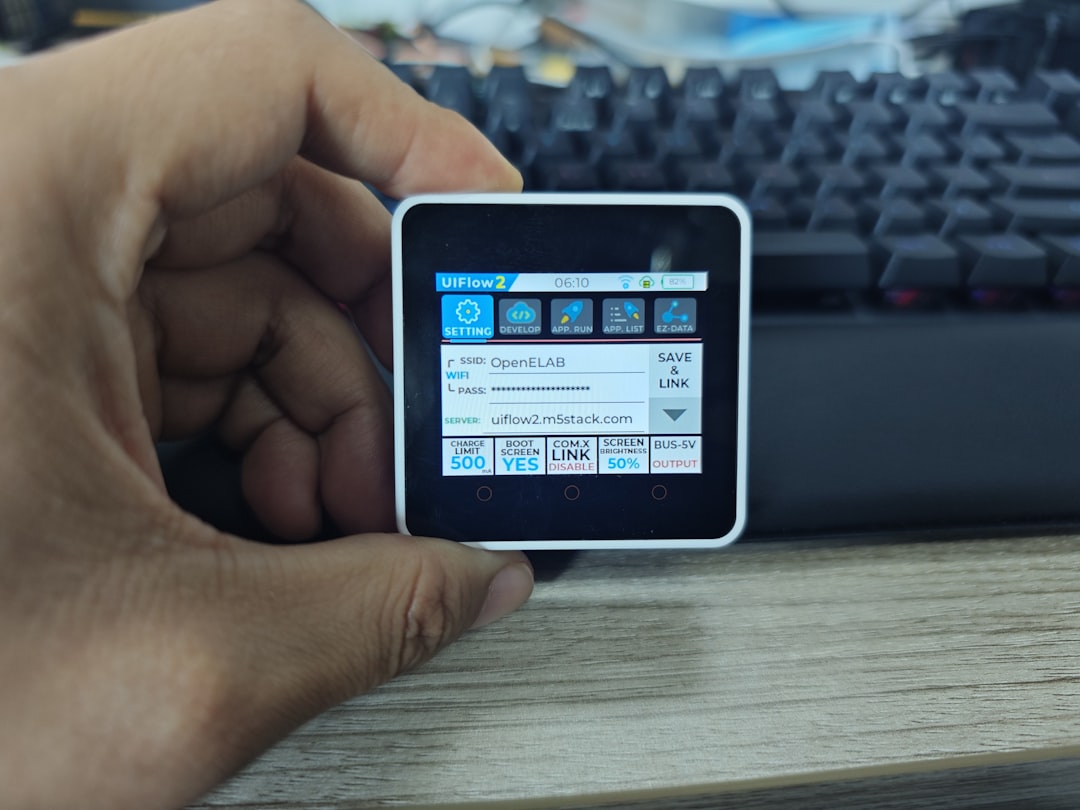With the increasing popularity of online content, many people are turning to tools that allow them to convert YouTube videos into MP3 files. Whether it’s to enjoy music offline, listen to podcasts without video, or archive audio lectures, the demand is high. However, using a YouTube to MP3 converter raises several critical questions related to format support, audio quality, copyright considerations, and most importantly, safe use.
What Is a YouTube to MP3 Converter?
A YouTube to MP3 converter is an online tool or downloadable software that transforms YouTube video content into downloadable MP3 audio format. These services parse the video’s URL and process the video stream, extracting only the audio and encoding it in MP3 format. Many such tools operate through a simple interface where users paste the video link, choose their preferred quality or format, and download the audio file within moments.

Common Formats Available
Although MP3 remains the most popular audio format offered by these converters due to its universal compatibility and small file size, some platforms offer multiple audio output options. These can include:
- MP3: The most widely used format because of its compatibility with virtually all media players and devices.
- M4A: Often seen as a higher-quality alternative, especially for Apple users.
- OGG: An open-source format that some audiophiles prefer for its superior compression.
- WAV: A lossless format offering high sound quality, but at the cost of much larger file sizes.
Choosing the right format often depends on the user’s specific needs. For example, casual listeners may find MP3 to be sufficient, while audio professionals may prefer WAV for editing purposes.
Understanding Bitrate and Audio Quality
One of the most critical aspects of converting a video to MP3 is the resultant audio quality, determined largely by the bitrate.
Bitrate refers to the number of bits processed per unit of time and is typically measured in kilobits per second (kbps). Higher bitrate generally means better sound quality, although larger file size is a trade-off. Common bitrate options include:
- 128 kbps: Acceptable quality for spoken word or casual listening. Small file size.
- 192 kbps: Better balance between file size and audio fidelity. Suitable for music.
- 256 kbps: Near-CD quality. Recommended for users who prioritize audio clarity.
- 320 kbps: Highest standard for MP3. Closest to lossless quality and ideal for audiophiles.
It’s important to note that upscaling a low-quality video to a higher bitrate will not enhance the sound quality. Always consider the source material before selecting audio characteristics.
Is It Legal to Convert YouTube Videos to MP3?
This question often arises, and the answer is nuanced. YouTube’s terms of service prohibit the downloading of videos or audio unless a download button or link is clearly provided by YouTube. This means that converting copyrighted content without permission is a violation of their policies and potentially the law in many jurisdictions.
However, converting content that is labeled for reuse under Creative Commons licenses, public domain content, or your own uploaded materials is generally safe from a legal standpoint. Always ensure you are not infringing on copyright when downloading and saving content.
How to Use These Converters Safely
Not all YouTube to MP3 conversion websites are trustworthy. Some are plagued with aggressive ads, malware, and even phishing scams. Safety should always be a top priority. Here are some practical tips for using these services responsibly and securely:
- Use Reputable Websites: Look for well-reviewed and widely-used services. Avoid websites that redirect you multiple times or ask for unnecessary personal information.
- Install Antivirus Software: Before downloading any file, make sure your device has up-to-date antivirus software to block potential threats.
- Avoid Downloading EXE Files: Some so-called “converter tools” prompt you to download .exe files. Avoid these unless you’re absolutely certain they are from a trusted source.
- Look for HTTPS: Ensure the website uses secure connections (https://), which encrypts your data and offers a layer of online safety.
- Check for Pop-ups: Excessive pop-ups or fake buttons (like “Start Download Here”) are red flags that suggest the site may be unsafe.
Device Compatibility: Desktop vs Mobile
Some YouTube to MP3 converters are optimized for mobile browsing, allowing smartphone users to download their favorite audio files directly. These mobile-friendly websites are usually simplified and do not require additional software installation.
However, downloading to mobile poses specific challenges such as limited storage space and increased data costs. For users operating on mobile, be sure to choose platforms with good responsiveness and focus on medium bitrates to save on space.

Desktop users, on the other hand, often benefit from more powerful software-based converters or browser extensions that offer bulk downloading, tagging, and organizational features. Choose based on your usage habits and file management needs.
Additional Features to Look For
The best MP3 converters are those that offer more than basic conversion. Here are some extra features that enhance user experience:
- Batch Conversion: Process multiple files at once, saving time and effort.
- ID3 Tag Editing: Automatically or manually edit song titles, artists, album names, and more.
- Cloud Integration: Options to save directly to Dropbox, Google Drive, or other cloud services.
- Custom Bitrate: Adjust audio settings to your exact preferences.
These options may not be available in free tools but are standard in premium services. Evaluate based on how often you need conversions and what level of control you desire.
Risks of Using Illegitimate Tools
There are several risks associated with using unreliable or illegal YouTube to MP3 converter tools:
- Legal Consequences: Violating copyright laws can result in fines or legal action against individuals who repeatedly download protected content.
- Data Theft: Unethical platforms may collect sensitive data, including browsing history, device details, and other private information.
- Malware Infection: Risk of downloading infected files that could compromise your system, steal passwords, or wreck your hardware.
Always weigh convenience against such risks. If needed regularly, opting for a regulated, paid tool with end-to-end encryption and no hidden dangers is your safest bet.
Conclusion: Proceed with Caution and Knowledge
YouTube to MP3 converters can be extremely useful when used correctly. They offer flexibility and convenience in transforming digital content into portable audio forms. But this convenience comes with responsibilities. From ensuring legal use to being vigilant against malware, users must navigate this space wisely.
Being informed about formats, bitrate, device compatibility, and safe browsing practices can help you make the most of these tools without putting yourself at legal or digital risk. Whether you’re a casual music listener or an audio enthusiast, remember that the safe and ethical use of online tools is not just smart—it’s essential.







